After much sleuthing and a little bit of travel I have finally figured out which Pomaderris I saw flowering its head off in Cranbourne Botanical gardens last year. It only took a quick dash around Hobart Botanical Gardens, a few weeks ago, where I spotted it with a label! I am also guilty of planting one in my garden, along with 4 other Pomaderris species, and then promptly forgetting what was planted where, whoops! If anyone out there is a Pomaderris expert please get in touch, I absolute adore this Genus but am finding ID’ing them quite tricky.
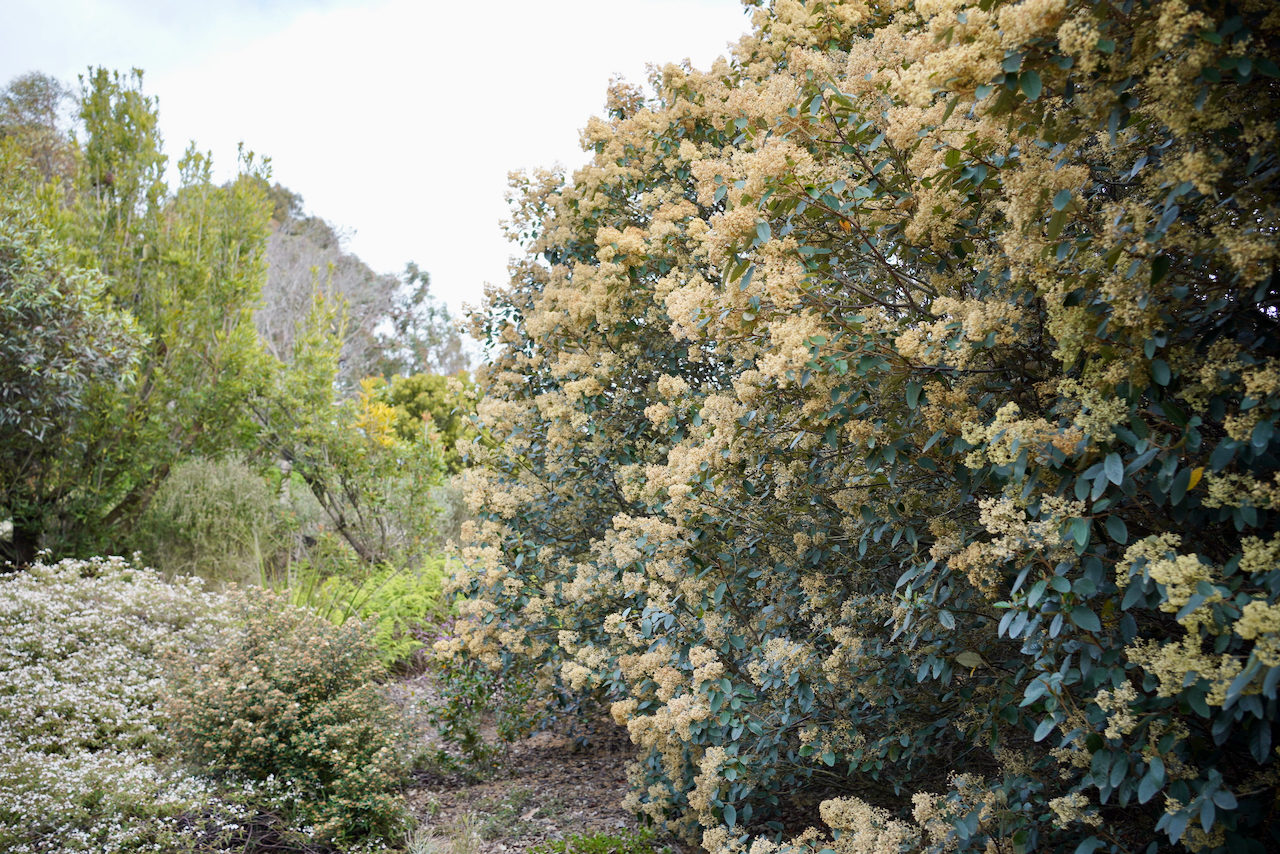
Pomaderris elliptica is a wonderfully adaptable Australian shrub, typically reaching 2-4 metres tall and spreading to around 2 metres wide. Its foliage is one of its most attractive features: the leaves are a soft grey-green on top, with an even more silvery, velvety underside, hence why I love them so much.
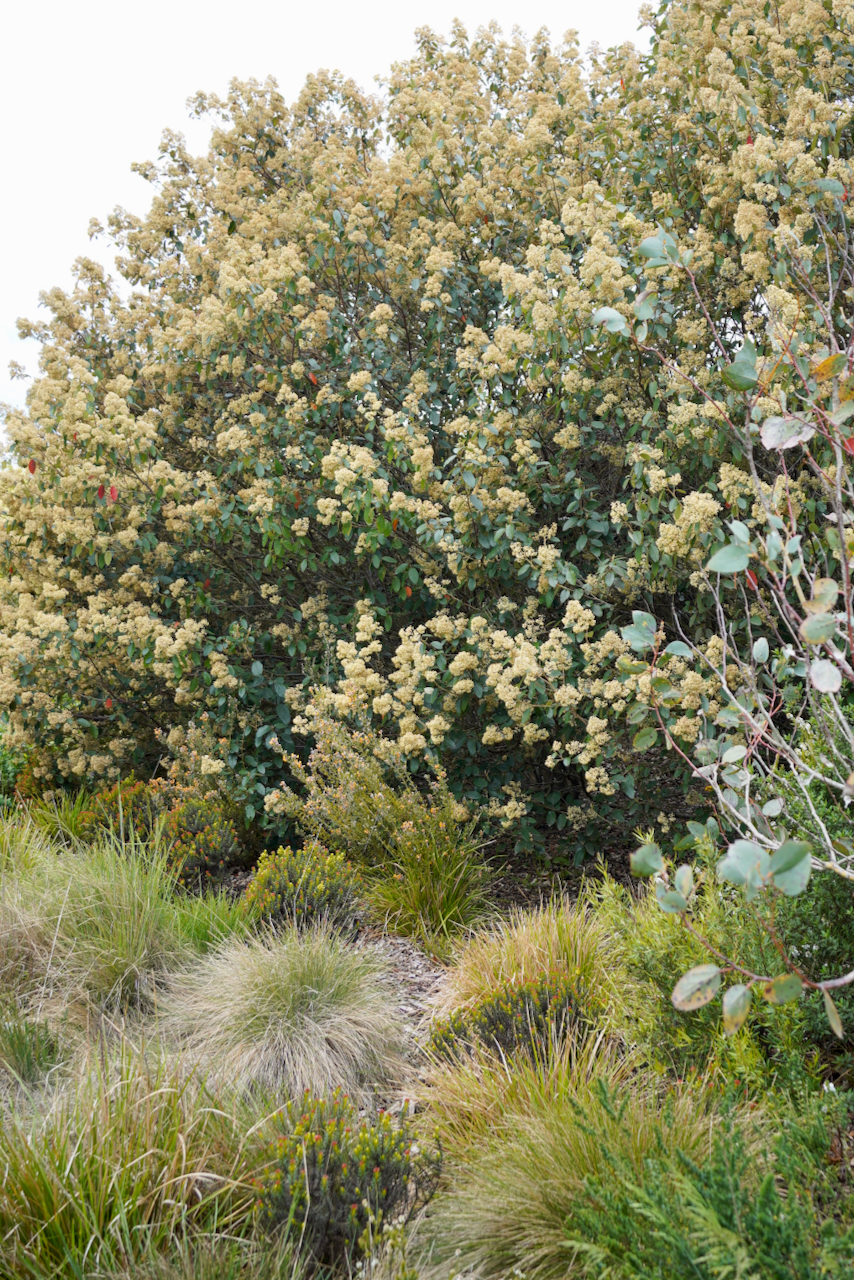
In spring, the plant puts on a spectacular display of yellow, fluffy flower clusters that can cover the entire shrub. When in full bloom, it becomes a magnet for wildlife. Insect-eating birds, such as robins, are often drawn to the flowers and find excellent shelter within the plant’s dense, twiggy structure.

Despite its delicate appearance, Pomaderris elliptica is surprisingly versatile in the garden. It is tolerant of shade, yet thrives equally well in full sun, provided the soil offers good drainage. It is also frost tolerant, adding to its reputation as a hardy, low-maintenance shrub. In my own garden it has grown beautifully, proving to be both tough and reliable. Thanks to its fullness and texture, it performs well as a screening shrub or informal hedge and when in flower is an absolute feature.
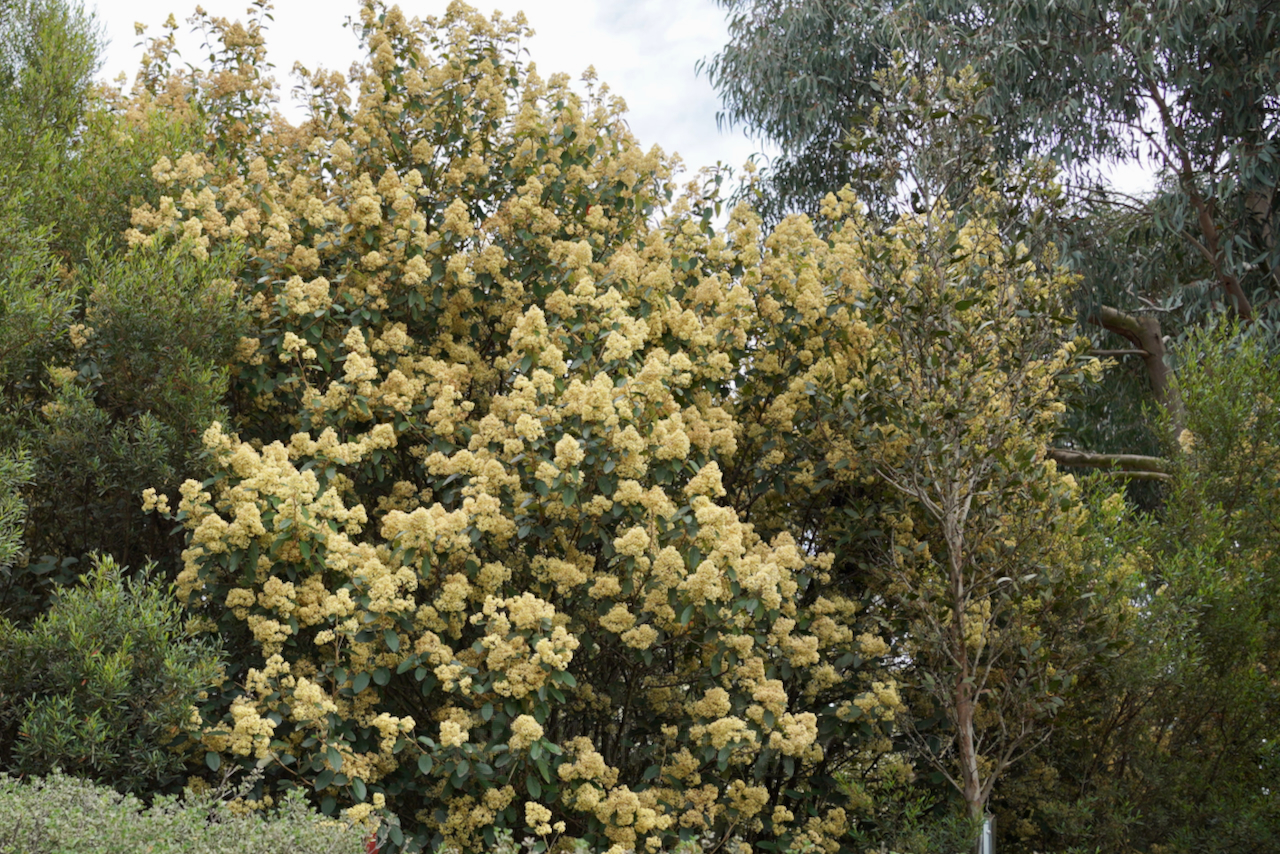
This species occurs naturally across New South Wales, Victoria, and Tasmania, where it occupies a range of habitats. The photos above were taken at the Cranbourne Botanic Gardens in Victoria, while the images below – from the Hobart Botanic Gardens. The specimens in Hobart had finished flowering so are a great example of how well Pomaderris elliptica can perform as a hedge or background shrub.
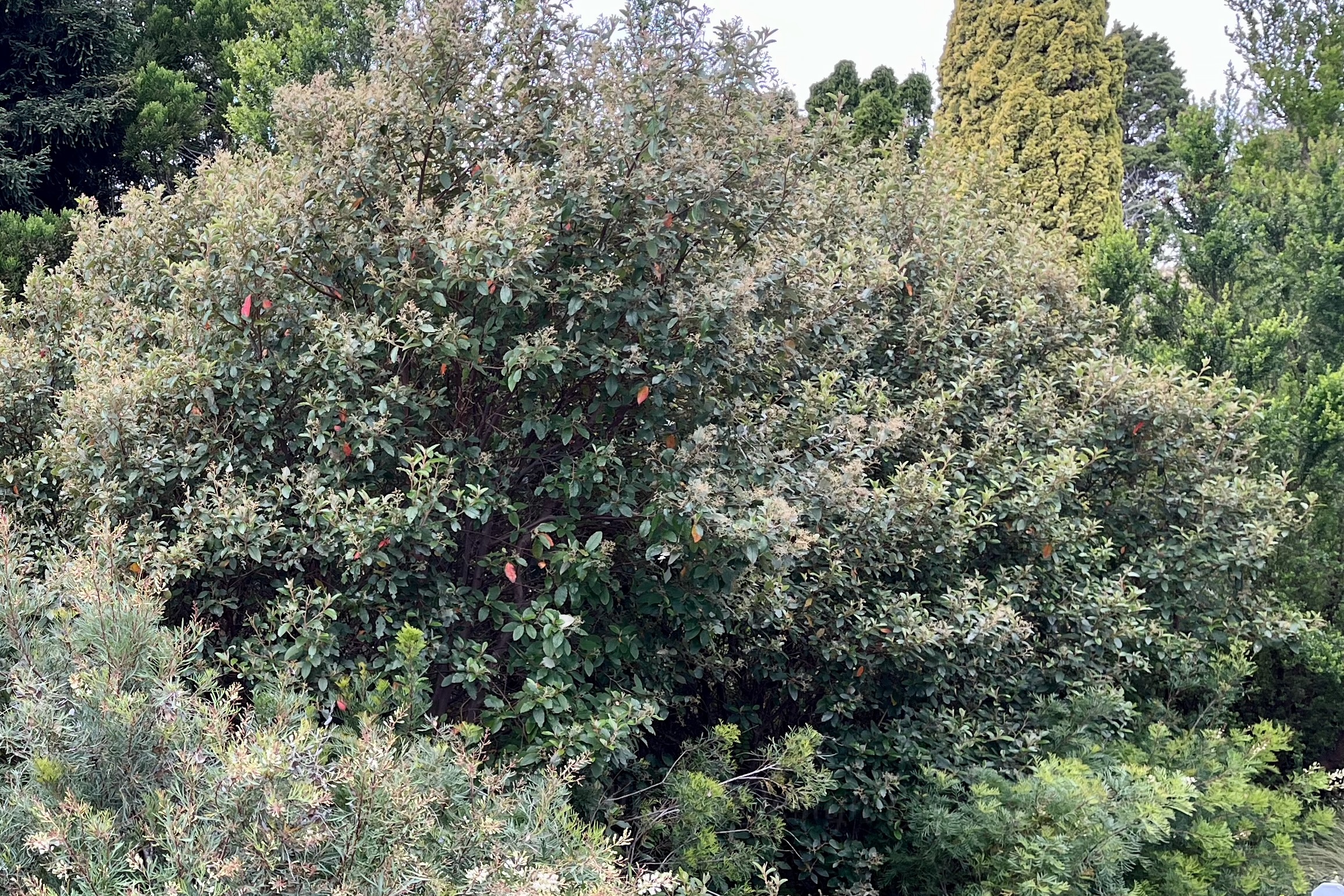
If you’re looking for a native plant that brings colour, structure, and wildlife into the garden, Pomaderris elliptica is a truly rewarding choice. I have also found this Genus to be extremely quick growing, especially when given extra water.
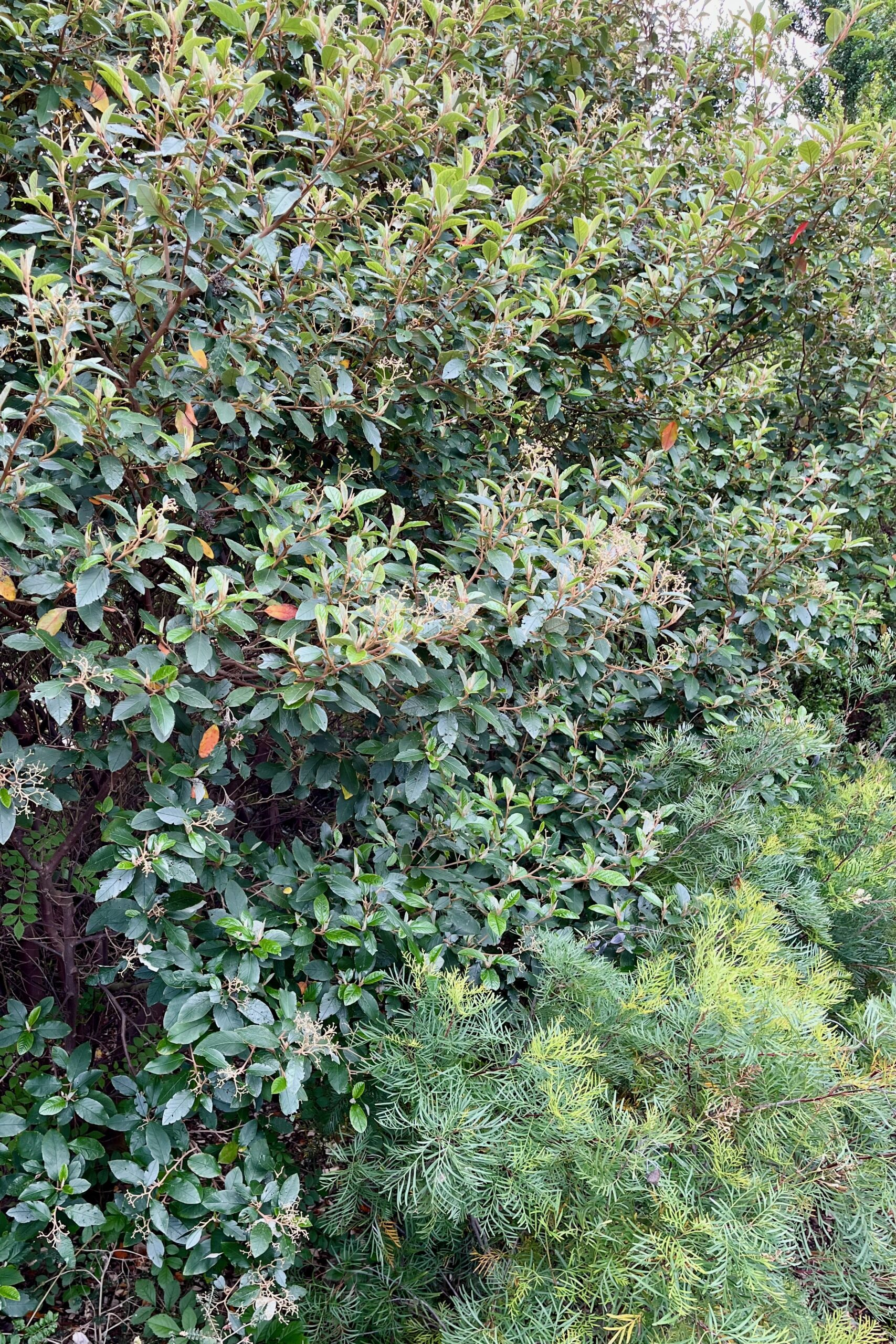
I would love to hear if anyone else is using this genus as an ornamental or screening species in their garden, they also can combine quite nicely with exotic species as thier foliage is a little similar to some of our standard hedging species like Photinia.

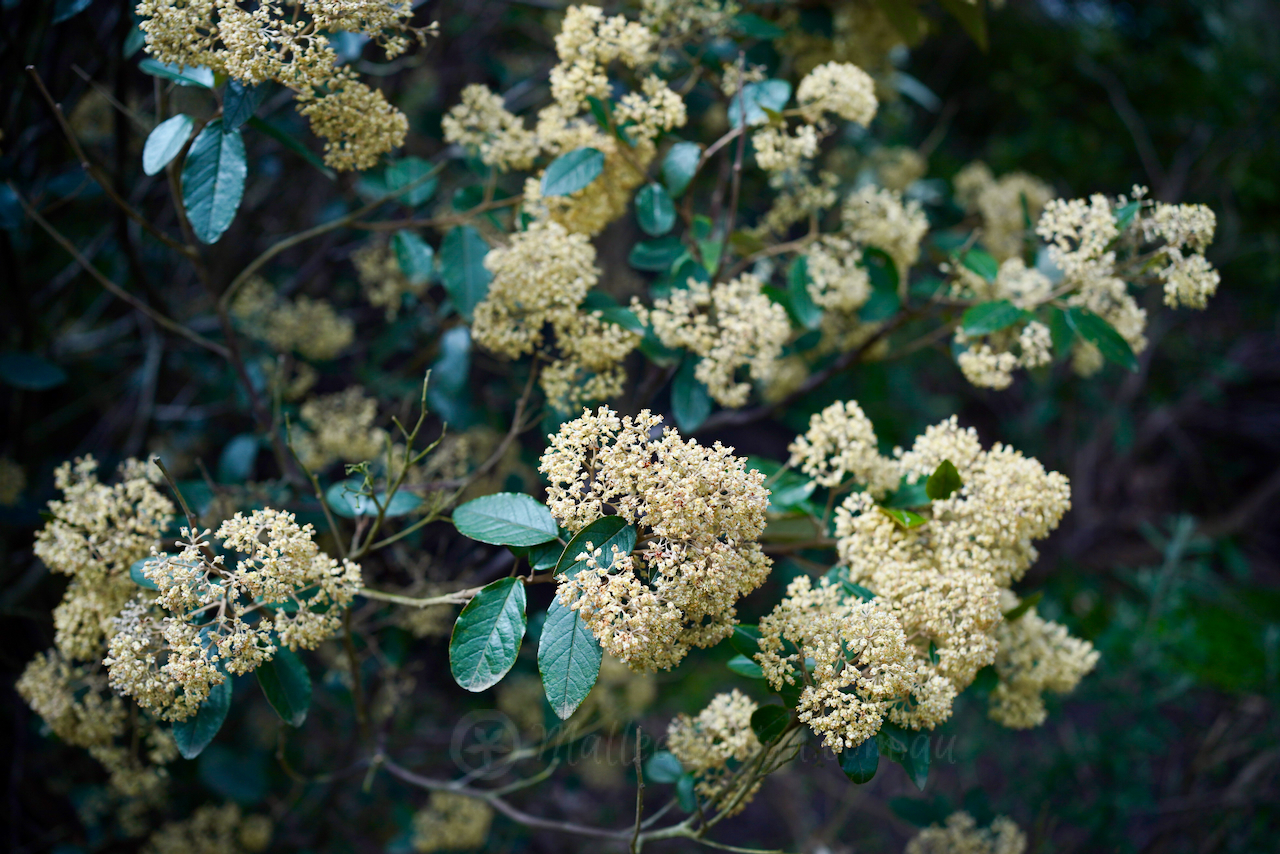
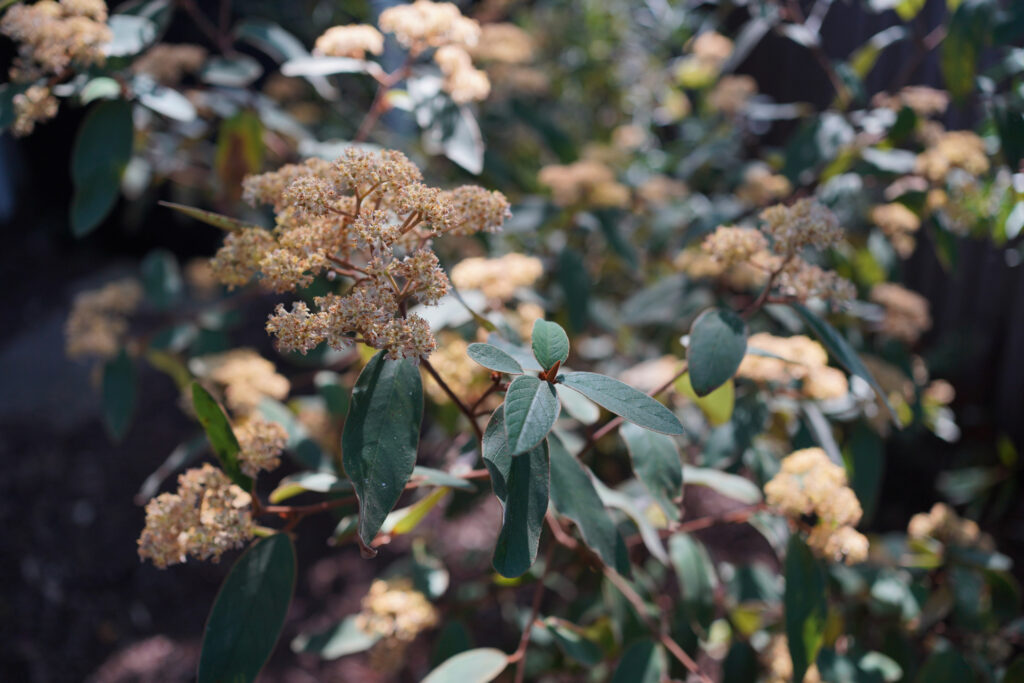
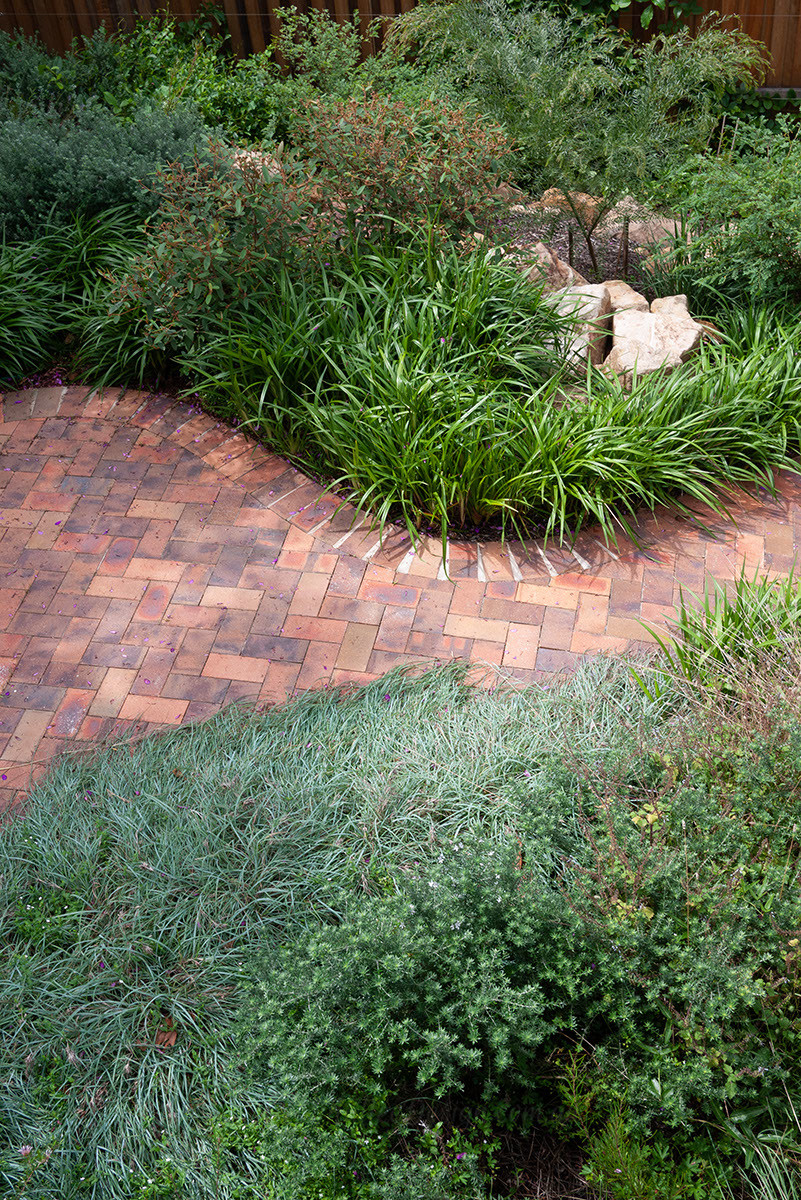
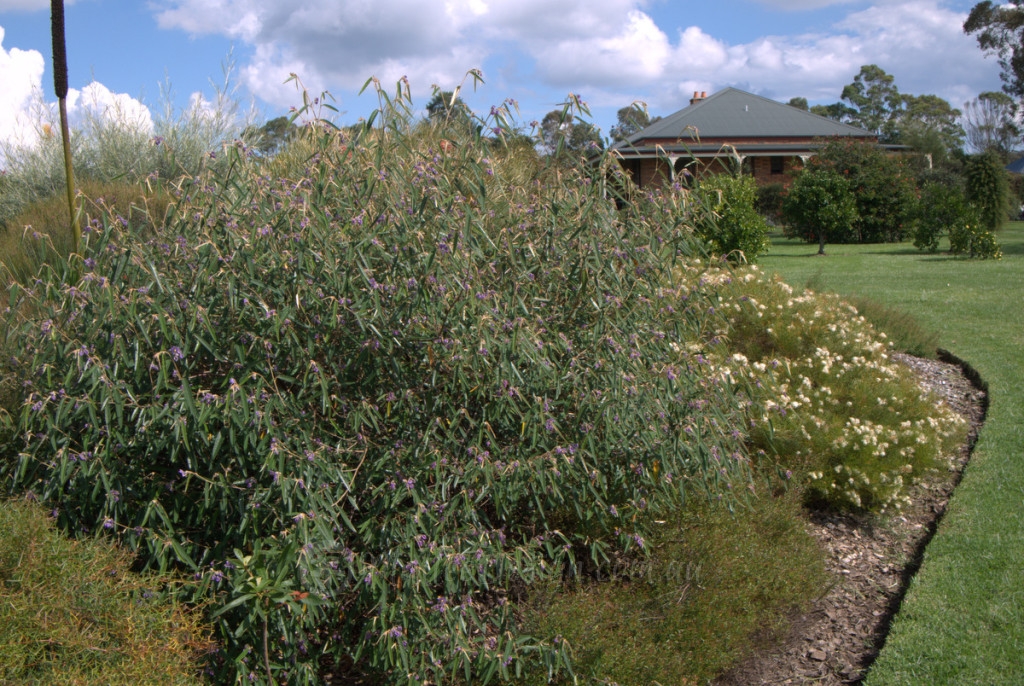


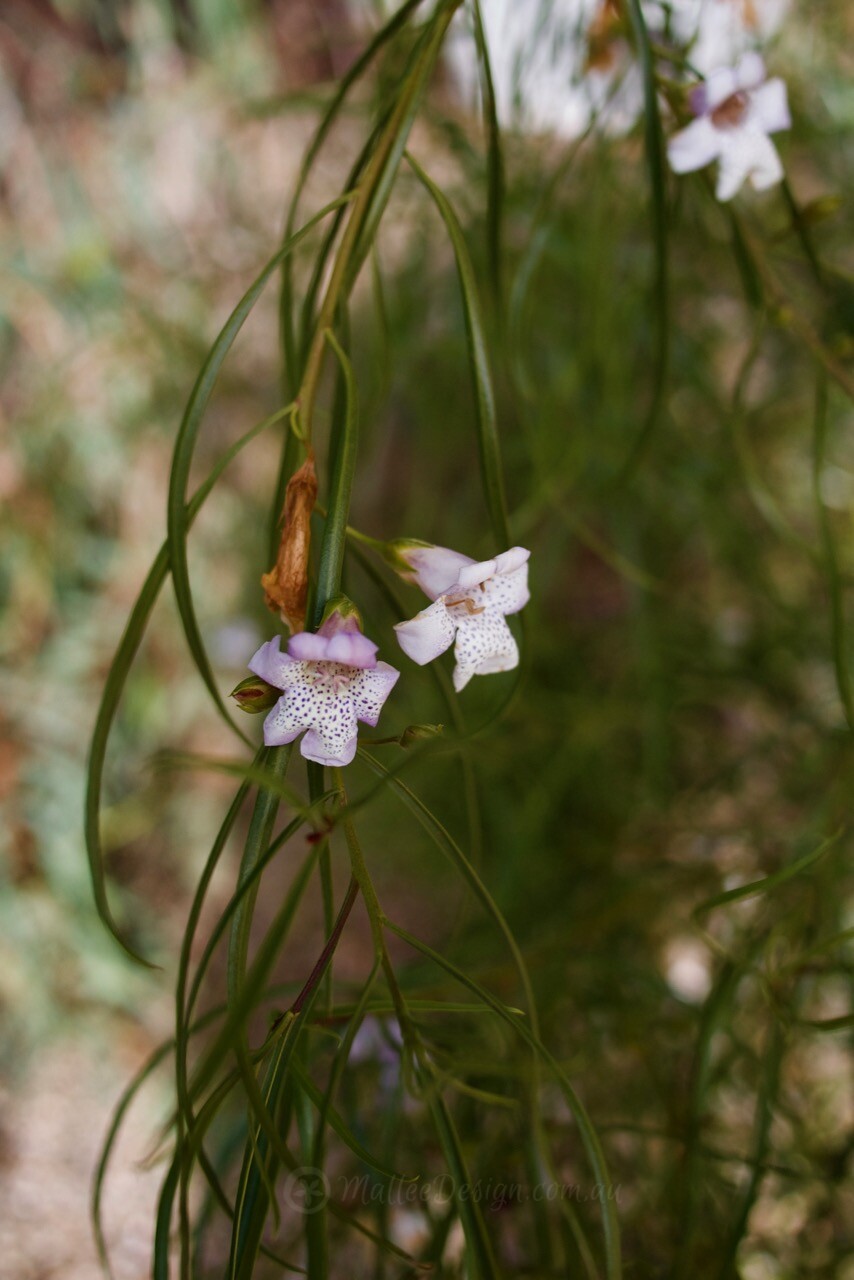
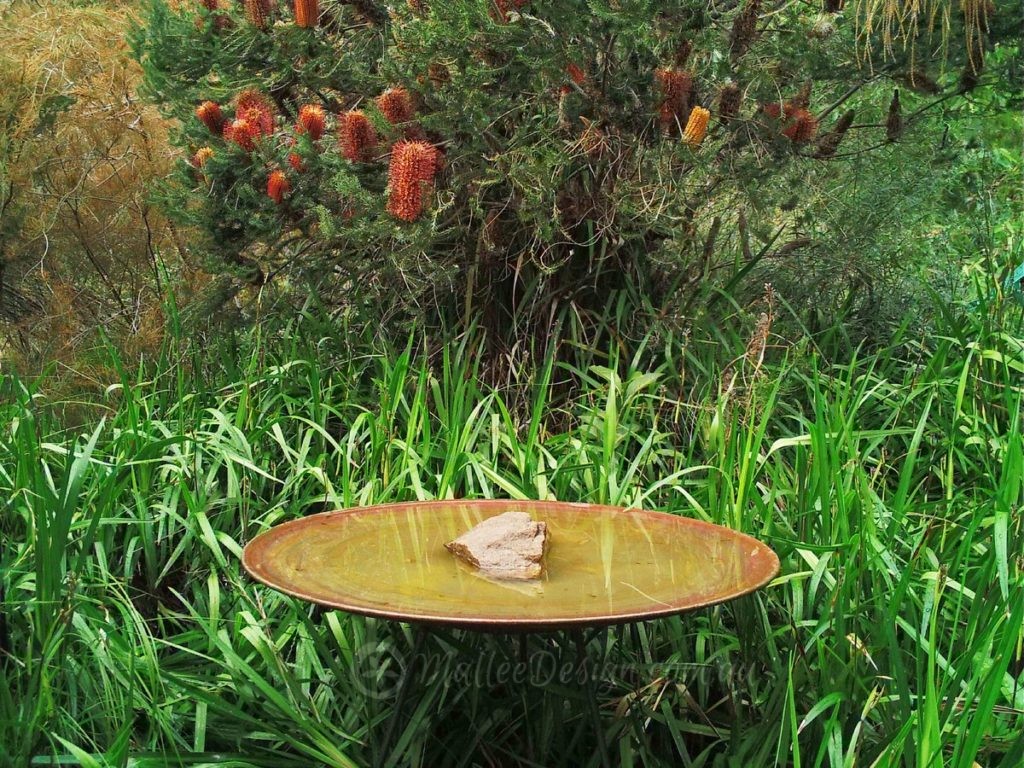
Leave a Reply to Kath Gadd Cancel reply